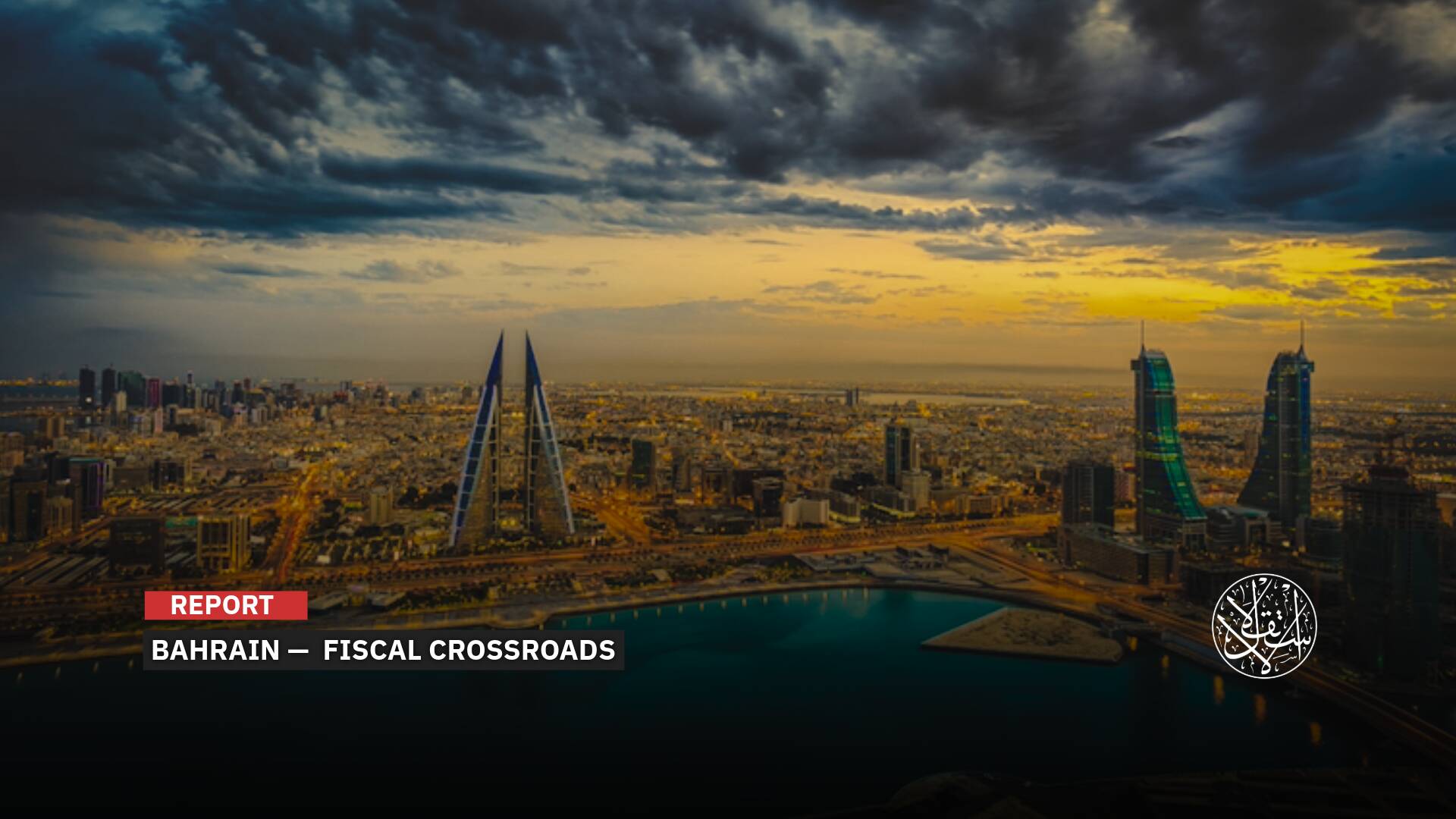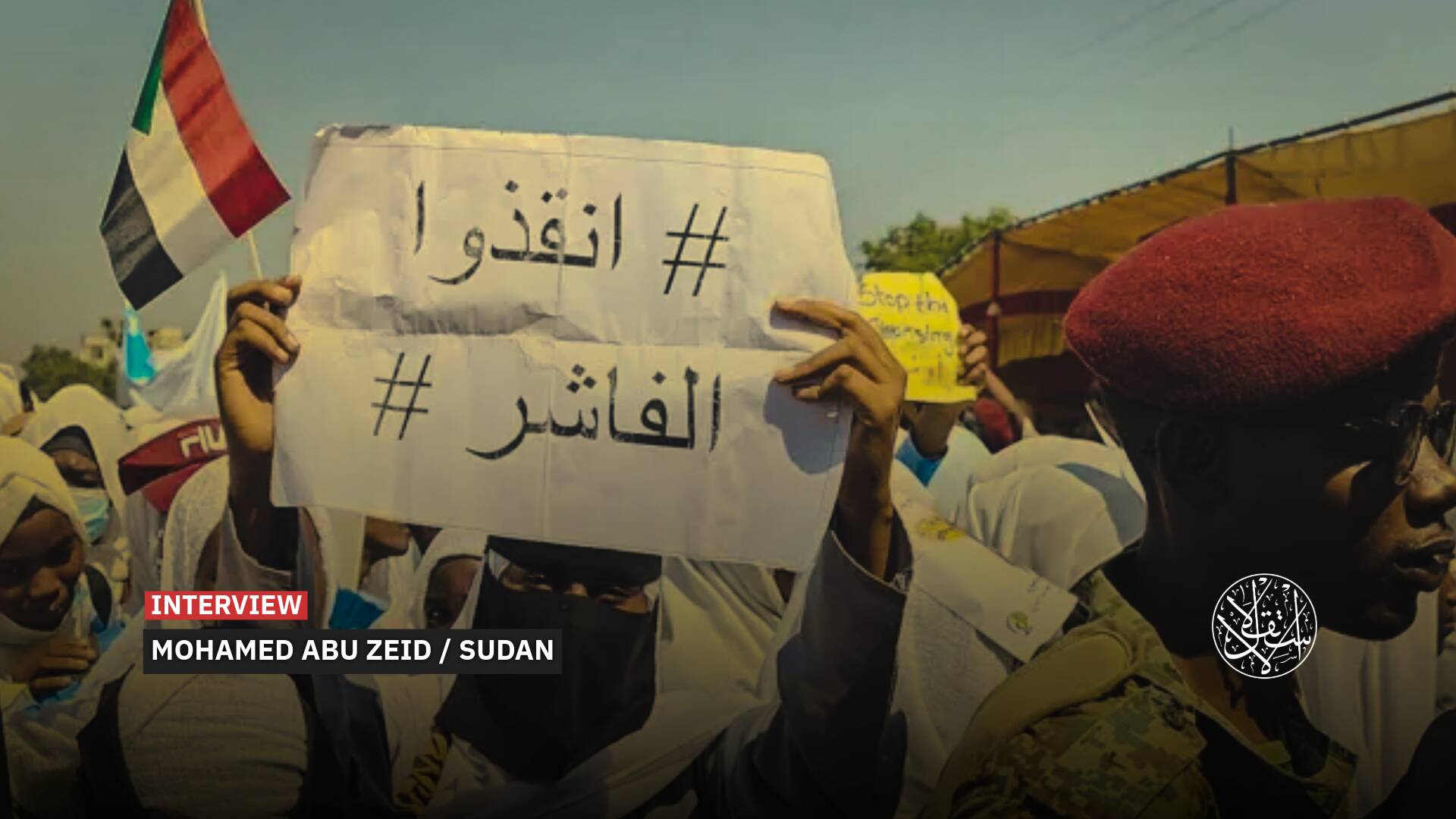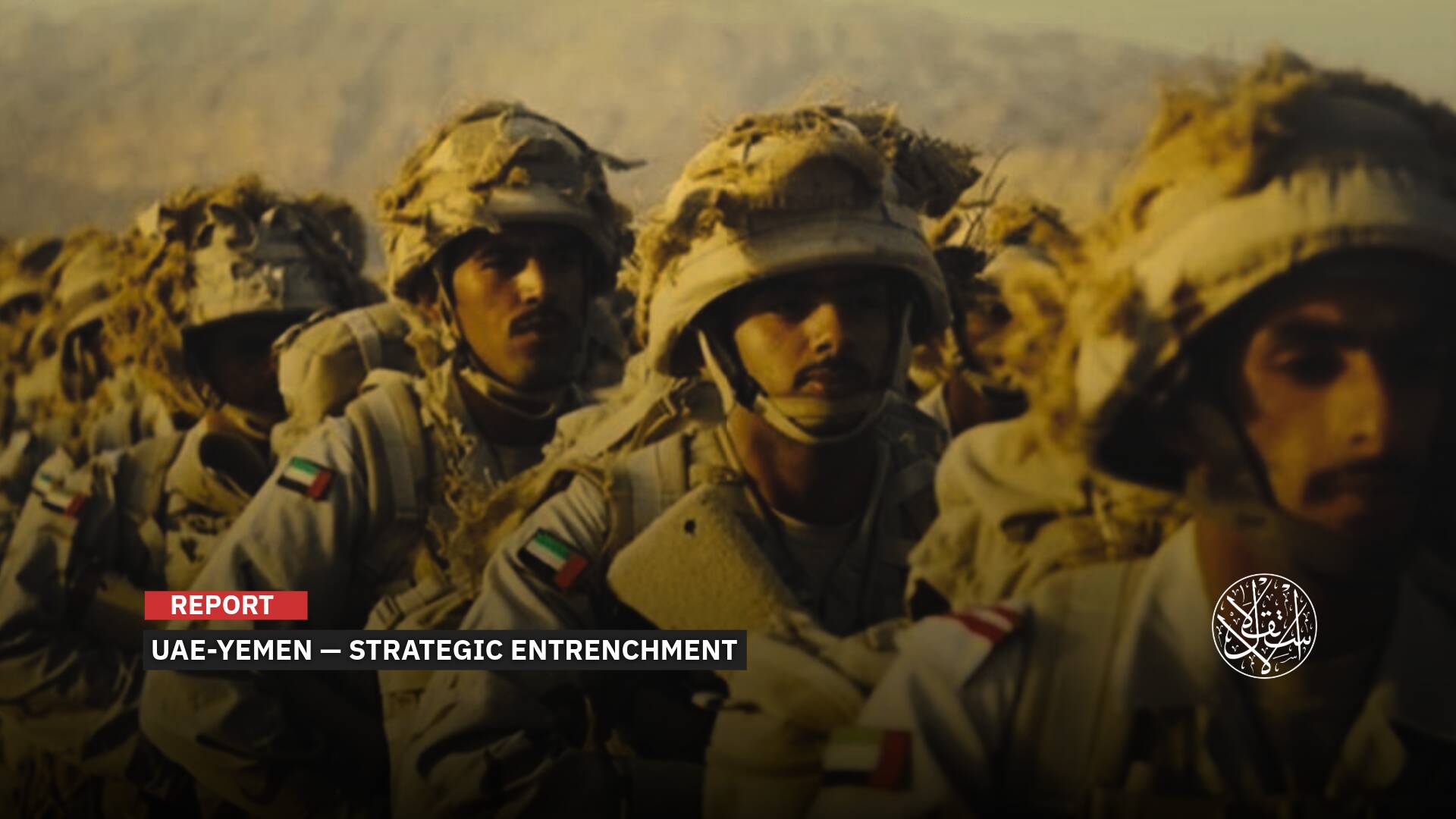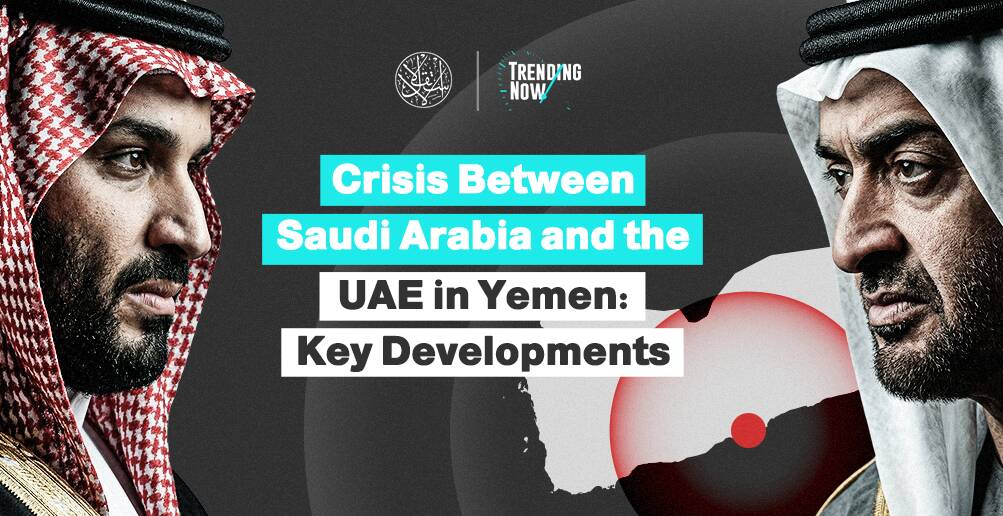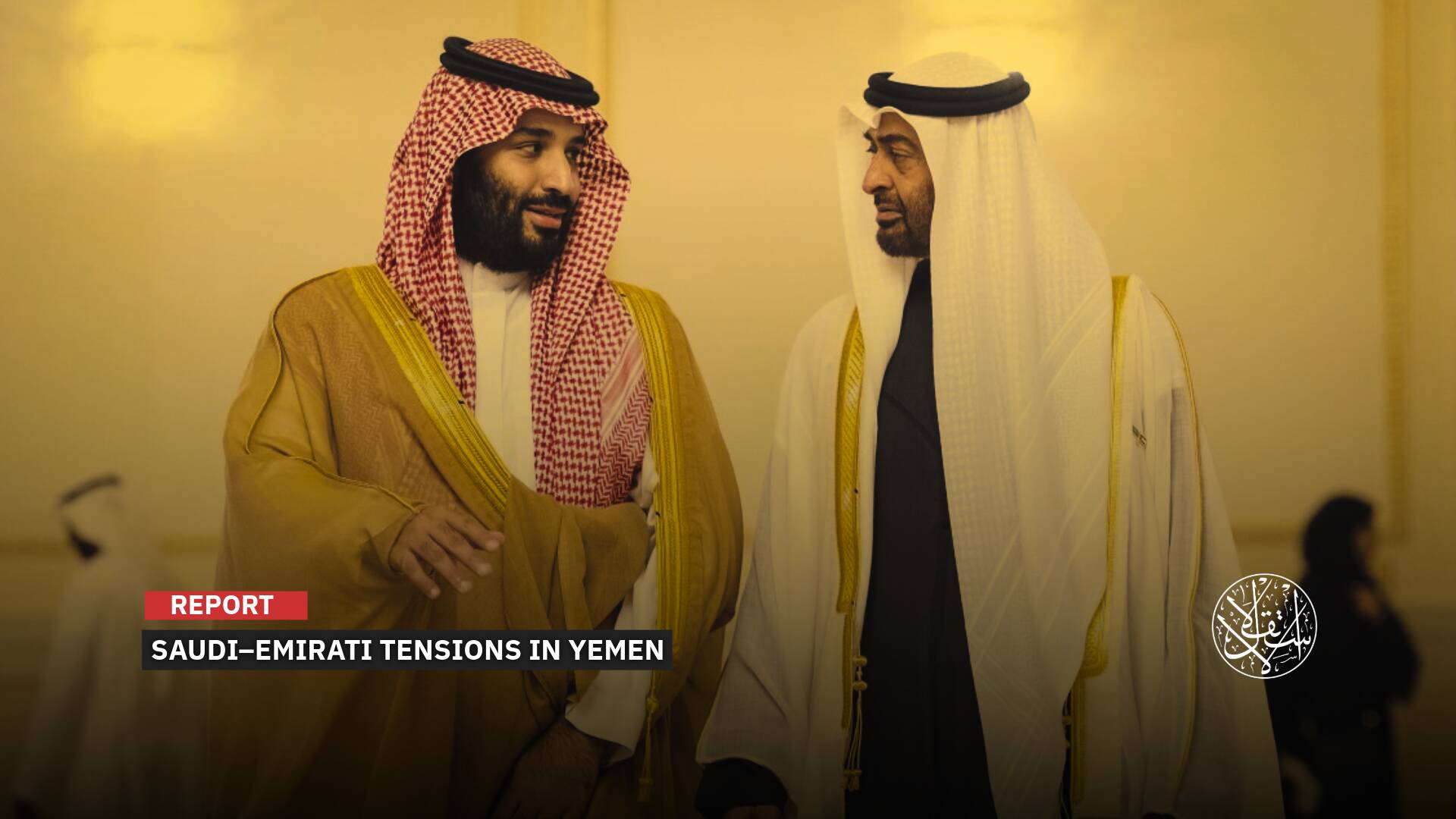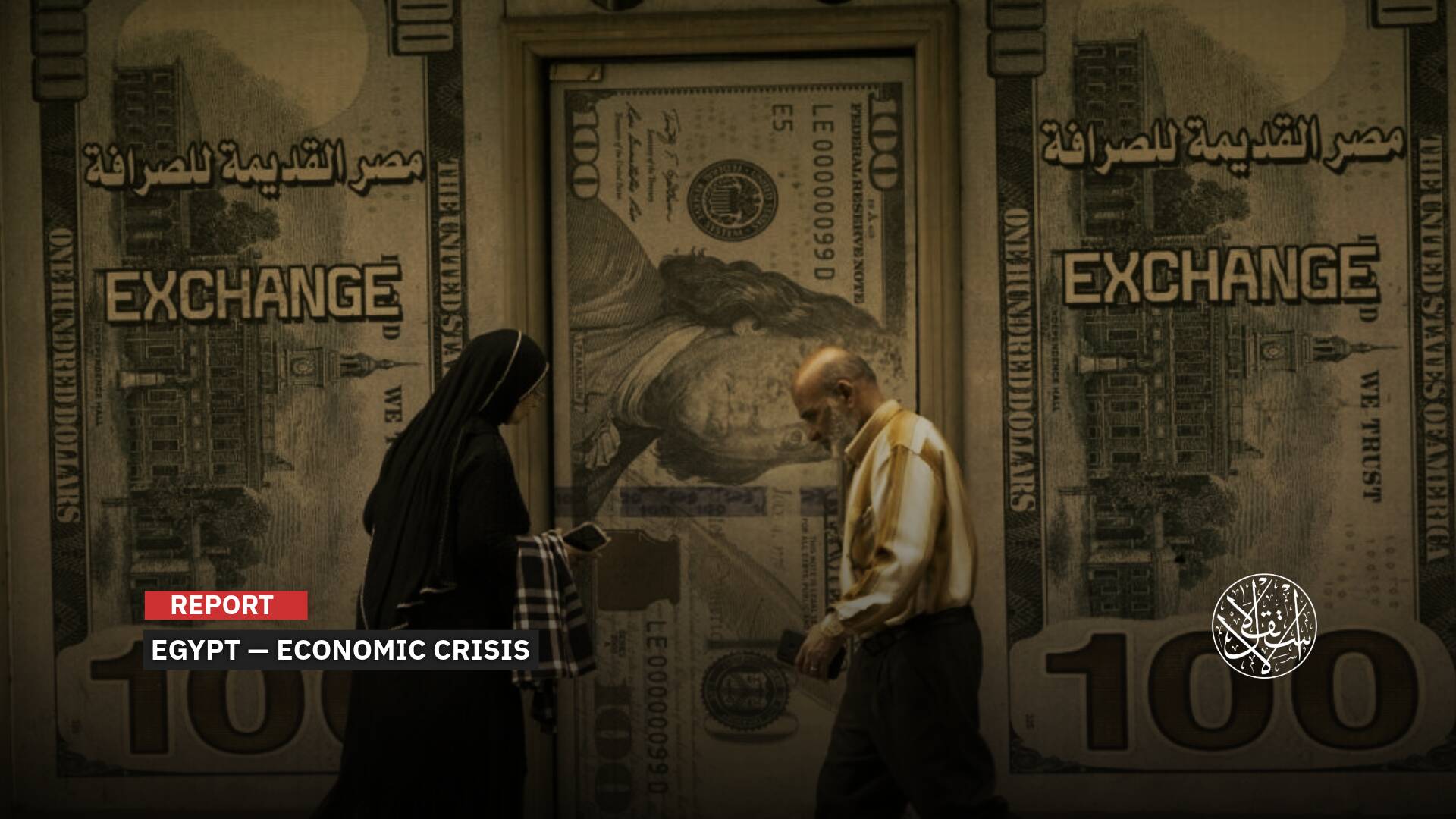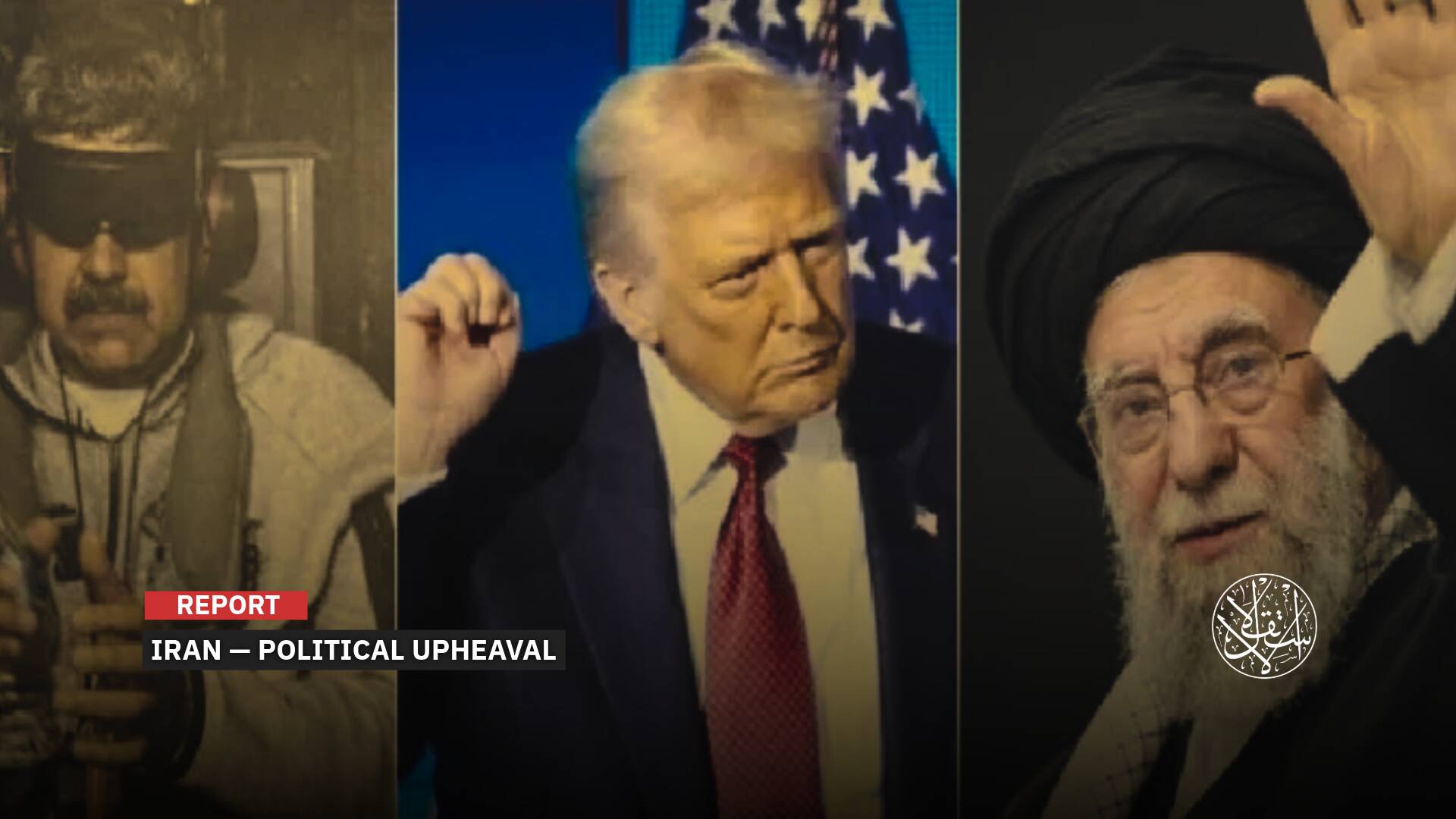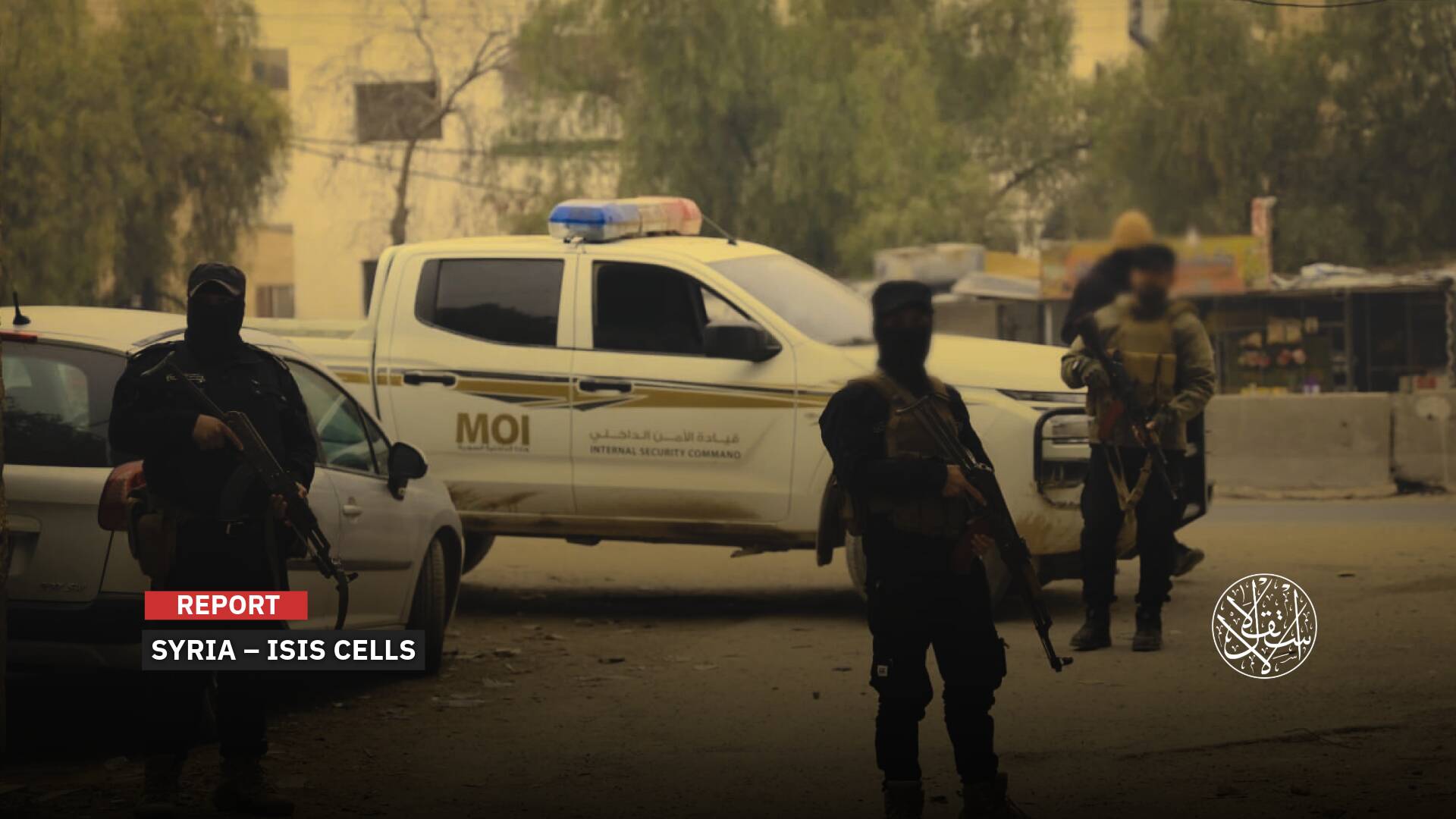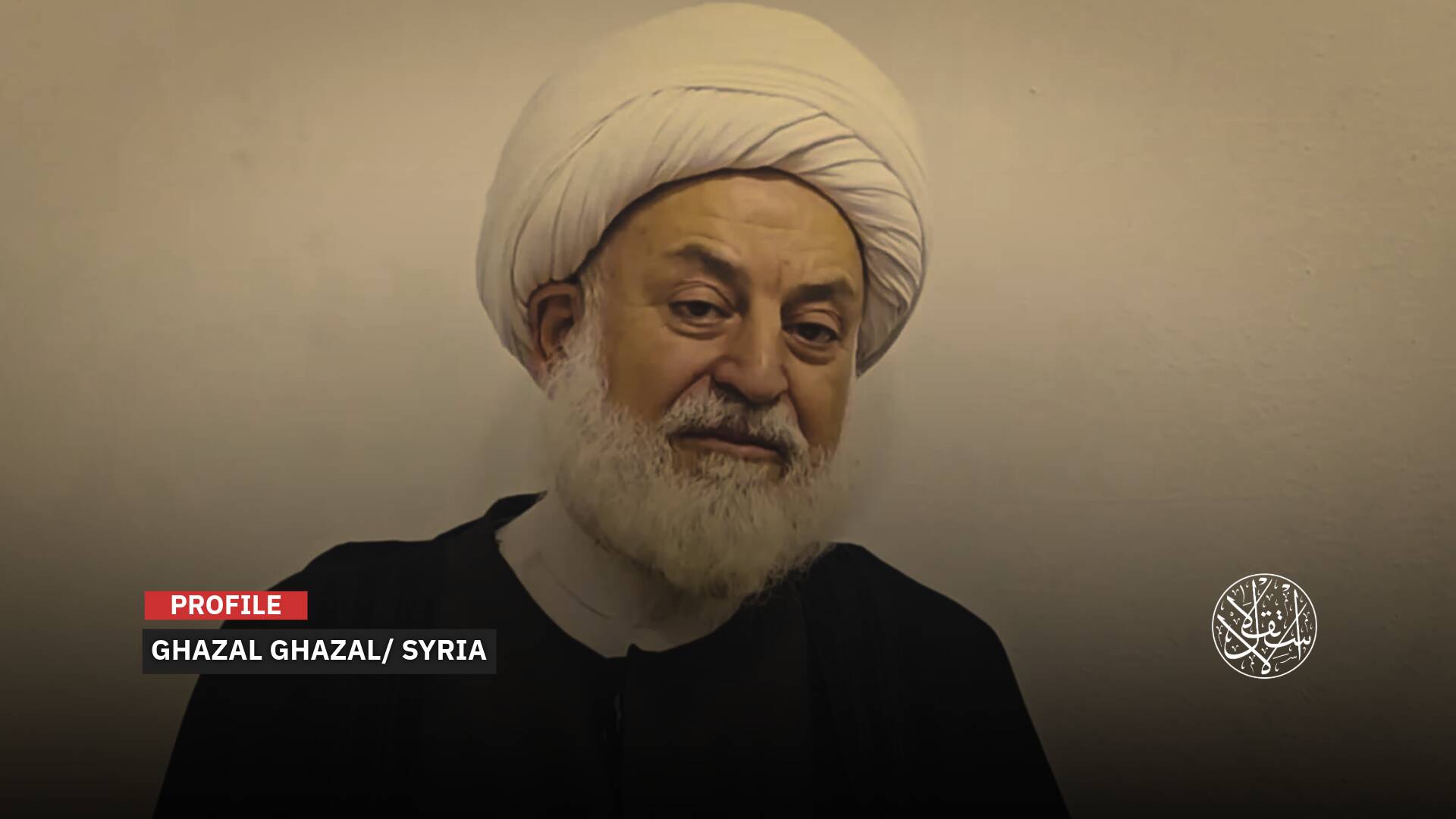New Attempts, Will Saudi Arabia and Iran Succeed in Normalizing Relations?
.jpg)
Both Saudi Arabia and Iran formed the pillars of the dual policy that the United States developed to blockade the Soviets in the Middle East during the Cold War.
Saudi Arabia has remained a traditional ally of the United States since 1932, and the Shah’s regime in Iran, which was also an ally of Washington, collapsed with the 1979 revolution.
After which the US policy in the Middle East have changed, and along came change to the US-Iranian and the Iranian-Saudi relations, according to an article published in Anadolu Agency by the analyst Mehmet Rakipoğlu.
After the revolution, the Iranian regime, which described the United States as the “Great Satan,” took a stand against it as well as its allies.
Saudi Arabia, correspondingly, has become the enemy of Tehran because it represents the “puppet” of the United States and the center of the “Wahhabism” religious movement against the regime’s belief of “Twelver Shiism” in Iran’s view.
Likewise, for Saudi Arabia, the new regime in Iran posed a security threat to it, according to the writer.
And he added: “Iran’s determination to spread the revolution among the Shiites in Riyadh and the Gulf, and its adoption of it in the military conflicts after the revolution, has negatively affected Saudi-Iranian relations.”
Some regional experts even described the rivalry between the two countries that began after 1979 as “the new Cold War in the Middle East.”
Cooperation and competition
“Relations between the two countries have drawn a tortuous course throughout history,” said Rakipoğlu.
The seeds of competition began to grow between the two countries after the conversion of the Safavids from the Sunni Islam to the Shia Islam in the sixteenth and seventeenth centuries, and Saudi Arabia’s adoption of the Wahhabi sect in the eighteenth century. Yet cooperation permeates this struggle from time to another.
Rakipoğlu explained this by saying: “After the death of Supreme Leader Ruhollah Khomeini in 1989, there was a positive development in relations. Saudi Arabia sent humanitarian aid after the earthquake that struck Iran in January 1990.”
And diplomatic relations were established between Tehran and Riyadh in 1991 after the United States declared war on Iraq and launched hostility against Iran and Saudi Arabia.
“As for the year 1997, Iranian President Mohammad Khatami met King Fahd in Jeddah, Saudi Arabia,” continued Rakipoğlu.
The two countries agreed on principles that would positively affect bilateral relations, such as non-interference in each other’s internal affairs and respect for national sovereignty.
In the meetings held during the summit of the Organisation of Islamic Cooperation (OIC), Khatami stated that there is no obstacle to developing cooperation between the two countries if there is a political will on the part of both sides, and in 1999, Khatami visited Riyadh as well.
But tension and competition began to prevail in relations after the first decade of the 21st century. The attacks of September 11, the invasions of Afghanistan and Iraq, increased Iran’s influence in the region, which in turn caused an increase in Saudi security concerns, according to the Turkish writer.
Rakipoğlu added: “The P5+1 (the nuclear agreement) that was signed with Iran during the era of former US President Barack Obama, as well as the wave of Arab Spring revolutions that changed the regional situation in favor of Iran and against Saudi Arabia, were other factors that negatively affected relations between the two countries.
The protests that broke out in 2016 after Saudi Arabia’s execution of the Shiite cleric Nimr al-Nimr was the straw that broke the camel’s back in bilateral relations.
The Turkish writer further stated: “As for the period of former US President Donald Trump, the latter’s policies towards Iran were welcomed by Saudi Arabia, and Saudi Crown Prince Muhammed bin Salman became the pioneer of anti-Iranian policies.”
Riyadh and Tehran entered a struggle for power in many regions, especially in Yemen. However, recent news that indicated steps were being taken towards normalizing relations between the two countries and holding negotiations in this context resonated in the press.
Possible Scenarios
According to Rakipoğlu, allegations emerged that senior officials from Riyadh and Tehran, including the director general of General Intelligence Directorate Khalid bin Ali Al Humaidan, held talks in Baghdad on April 9.
Iranian Foreign Ministry spokesman Saeed Khatibzadeh stated that they are ready to hold a public meeting with Saudi Arabia without confirming or denying the allegations about this meeting.

Iran’s ambassador to Baghdad, Iraj Masjedi, said on April 20 that Tehran and Riyadh had started negotiations with Iraqi mediation, although no progress had been made so far.
Evaluation of Iraqi Prime Minister Mustafa Al-Kadhimi’s Gulf tour shall not be perceived in separation from the aforementioned meeting, the writer says.
And he explains that by saying: “It seems that Al-Kadhimi is trying to ease the tension and conflict in Iraq by establishing friendly relations with the Gulf states and Iran.”
In addition, it is said that Al-Kadhimi wants to carry out mediation activities in order to end the tension between Iran and other countries in the region, such as Jordan and Egypt.
Rakipoğlu adds: “It can be said that there are several reasons behind the positive Saudi position on dialogue with Iran, which is difficult to fight because of its influence in the region, first and most important of which is the change of the president in the United States.”
“The departure of Trump, who had supported Saudi Arabia even in the case of the journalist Khashoggi’s murder, prompted Riyadh to back down. Bin Salman and his team, which ended the Qatar crisis, took real steps to end the war in Yemen.
“It can also be said that the second reason is related to the increasing security concerns of Saudi Arabia after its failure to fight the Iranian-backed actors in Yemen, Iraq, Syria and Lebanon,” adds Rakipoğlu.
The security concerns of countries like Saudi Arabia, whose security is linked to the guarantees of great powers like the United States and which feel that their regime is under threat, directly affects foreign policy decisions.
Thus, the increasing threat of Iranian-backed militias in Yemen and Iraq in 2021 forced Riyadh to extend an olive branch and send a peace dove to Tehran.
And thus announcing the failure of its aggressive foreign that it has pursued since 2015 in an attempt to increase its influence in the region, which was drawn by Abu Dhabi Crown Prince Mohammed bin Zayed, the writer says.
Adding: “And Saudi Arabia’s announcement of a ceasefire also shows that Riyadh’s strategy in Tehran has changed.”
In other words, Saudi Arabia may wish to normalize relations with Iran to keep pace with changing international and regional circumstances, such as the change in the West's policy towards Tehran with the advent of Joe Biden.
On the other hand, it can be said that the economic concerns resulting from the Covid-19 epidemic could consequently bring the two countries closer—so much so that the epidemic’s weakening of global trade may prompt regional actors to adopt strategies such as developing bilateral trade relations to offset the trade loss. However, there are some obstacles to this positive scenario.
Deep-rooted Obstacles
Rakipoğlu comments, saying: “The influence of the Crown Prince of Abu Dhabi in Saudi politics can be mentioned as one of the most important obstacles.”
Although some developments such as the move of Murban Crude Oil in Abu Dhabi and Saudi Arabia’s demand for international companies to transfer their headquarters to its lands reveal the presence of some ruptures in the Abu Dhabi-Riyadh pipeline.
Rakipoğlu went on to say: “Therefore, normalization may take place between Riyadh and Tehran if Saudi Arabia leaves the radical policy of bin Salman.”
It can be said here that both countries have taken steps towards rapprochement, as they desire to portray a positive image for US President Biden.
It is known that Saudi Arabia did a lot to improve its image in the United States and the West after the assassination of Khashoggi, such as hosting sports, cultural and artistic organizations and announcing reform packages.
While bin Salman and his team want to normalize relations with Iran in order to portray an image of being the “party put the crisis to an end” in the eyes of Biden’s administration, it seems that the Iranian Reformists’ tendency to return to the nuclear agreement and normalize relations with the United States and Saudi Arabia are the reasons behind the normalization of Tehran, denotes the writer.
And he adds: “As for the United States, which has reduced its military presence in Afghanistan, Iraq, and the Gulf, it wants to end the tension with Iran and return to the policy of ‘integrating Tehran into the international system through dialogue.’”
Its outspoken declaration of an end to its unconditional support for Saudi Arabia prompted Riyadh to participate in the nuclear negotiations with Iran.
Rakipoğlu concluded his article by noting that “the religious discourses that inflame the hostility between the people of Israel and the UAE stand out as the biggest obstacle to rapprochement between Riyadh and Tehran.”
Israel was able to normalize relations with the Emirates and Bahrain and established an alliance “from under the table” with other Gulf countries under the pretext of facing the Iranian threat, which might prompt Tel Aviv and Abu Dhabi to try to prevent it.
Rakipoğlu proceeds to signify that “the reflection of the hostility that is inflamed and developed through the discourse of the Wahhabi regime in Saudi Arabia and the extremist circles in Iran among the peoples, on the political scene, emerge as other major obstacles to normalization.”
But we can expect that relative normalization will take place between the two countries and that there will be reciprocal visits, with the encouragement or coercion of Biden, the writer says.


